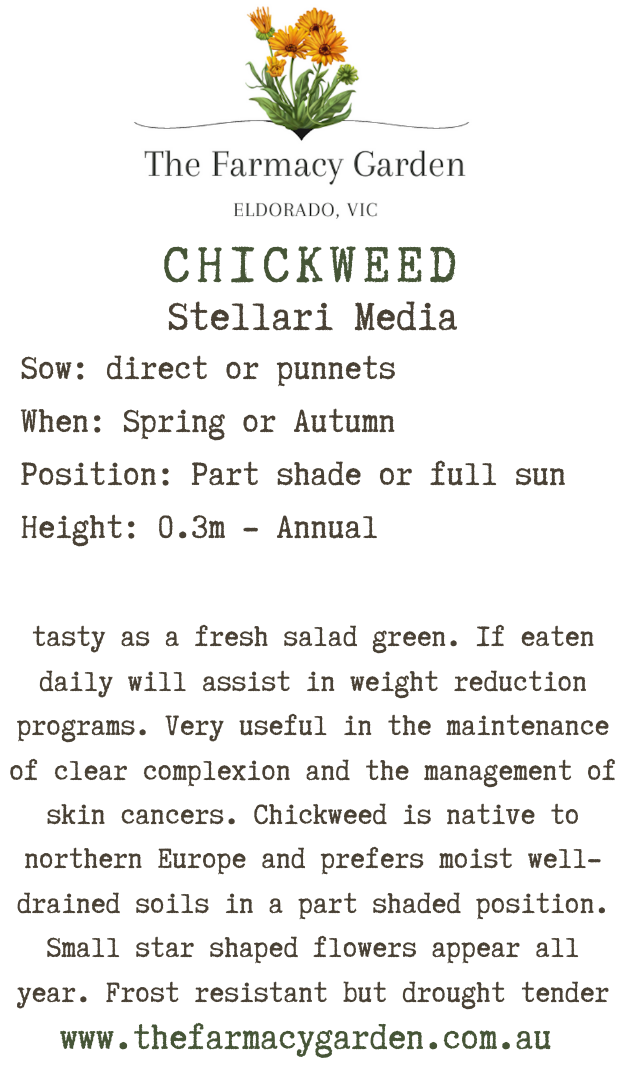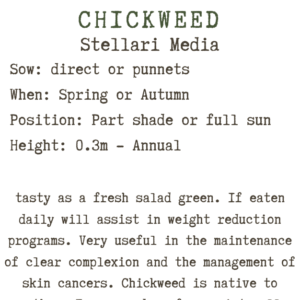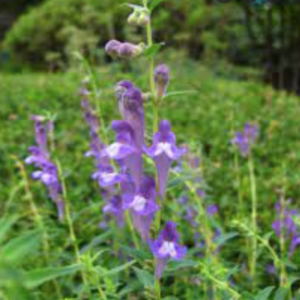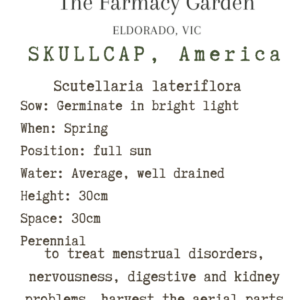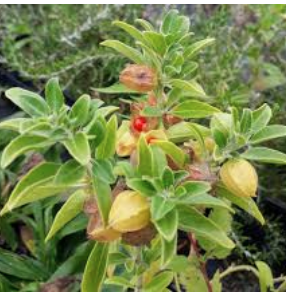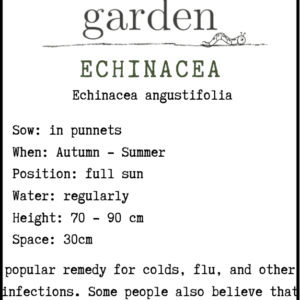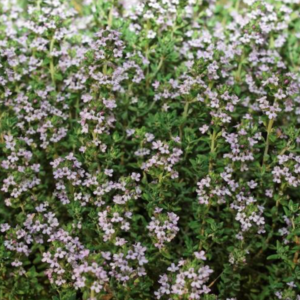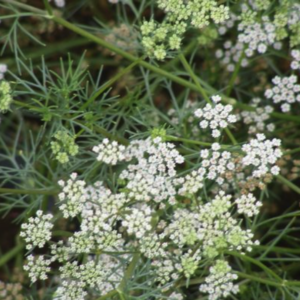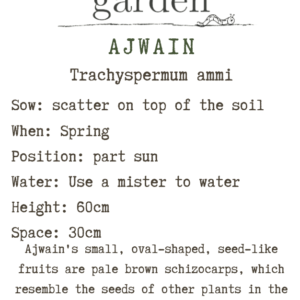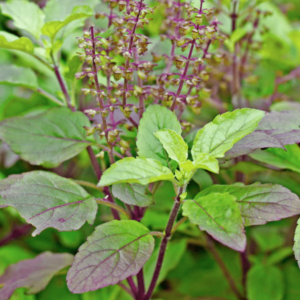Chickweed Seed, Stellaria media
$4.50
Chickweed (Stellaria media (Linn.) Villars) — also called starweed, satin flower, or mouse-ear — is a common weed in the carnation family.It grows low to the ground, has a hairy stem, and produces small, star-shaped, white flowers. It’s primarily found in North America and Europe.
Chickweed has many culinary and folk remedy uses that date back centuries
1 in stock
Chickweed (Stellaria media (Linn.) Villars) — also called starweed, satin flower, or mouse-ear — is a common weed in the carnation family.It grows low to the ground, has a hairy stem, and produces small, star-shaped, white flowers. It’s primarily found in North America and Europe.
Chickweed has many culinary and folk remedy uses that date back centuries
GROW: Seed viability varies across sites, but seed can reportedly remain viable for up to 60 years. However the proportion of viable seed tends to decline quickly over time, with over 90% of seed being viable after one year, and as little as 6% after ten years. The optimal temperature range for germination is 12°C to 20°C, but can occur within a range of 5°C to 30°C – contributing to its capacity to emerge year-round. The ideal depth for germination of chickweed seed is 0.5 to 1.0 cm, although seed are also capable of germinating on the soil surface. Seeds rarely germinate at a depth of greater than 2 cm. Chickweed commonly grows as a winter annual, generally with a lifespan of 2-3 months. It prefers cooler humid conditions, and well-watered areas, and is thus well adapted to the conditions found in cooler-climate vegetable production systems in Australia. It is tolerant of temperatures as low as -4°C, with flowers capable of maturing under snow in winter climates.
HARVEST: The best time to harvest chickweed is when it’s young and tender. Once it goes to seed, or gets leggy or yellowed with age/heat it’s not ideal for use.
USE: Both a nutritious food and an herbal remedy, common chickweed has many uses! It’s a traditional Chinese medicine that has been used for over 200 years, mainly for the treatment of dermatitis and other skin diseases. It has also been used as an anti-viral agent.
Related products
Flower Seeds
Medicinal Herb Seeds
Medicinal Herb Seeds
Medicinal Herb Seeds
Medicinal Herb Seeds


